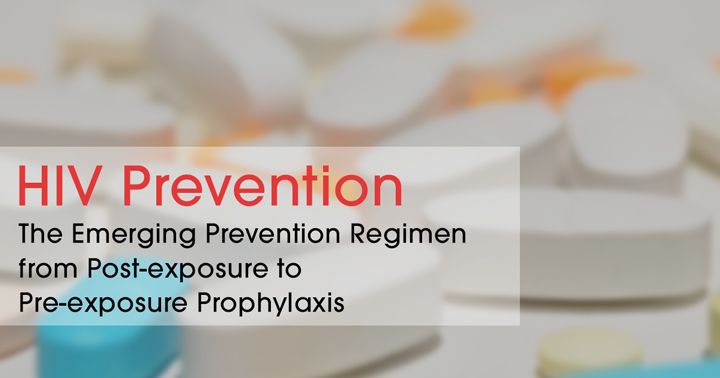Like vaccinations for life-threatening diseases such as Hepatitis B and Tetanus, the HIV virus could be tackled more efficiently with the presence of a vaccination for this disease. Researchers have been successful in developing a pre-exposure prophylaxis (PrEP) for HIV which is now a leading development towards finally creating a vaccine. Pre-exposure prophylaxis is a combined treatment for the HIV retrovirus that is efficient in protecting people exposed to HIV from developing an infection. This information was very recently reported in Clinical Infectious Diseases, a scientific journal dedicated to infectious diseases.
HIV post-exposure prophylaxis (PEP) which has been in use for a long time, is given to individuals within 72 hours of an exposure to HIV. PEP is a 28-day medication that is a combination of 2-3 antiretroviral drugs. Studies have shown that patients receiving PEP are still at a higher risk of acquiring HIV. People who have a continuous exposure to HIV like injection drug users and people having multiple sexual partners are recommended to use PrEP. PrEP users are reported to have a lower risk of acquiring HIV when compared to PEP. It is, however, highly recommended to avoid the risk of exposure altogether.
The regimen for the PrEP is tenofovir-emtricitabine. This is the only combination approved by the FDA, USA, for PrEP at the moment. It is given either daily or intermittently for a longer period of time, unlike PEP.
People who have already been administering PEP and have a seronegative profile for HIV retrovirus are candidates for PrEP. According to CDC PEP guidelines, a person who has been exposed and administered with PEP can only be considered infection-free after a six-month HIV testing protocol. These candidates who have had PEP and are seronegative will benefit best with PrEP. People who continue to have high-risk exposure to HIV should be started with PrEP earlier than the 4-6 months profile for HIV.
More recently, the US Public Health Service guidelines suggest that if the HIV profile is negative in the preceding 4 weeks and the person is not having any signs and symptoms for HIV he/she can be started on PrEP.
One interesting question addressed by the report is who will be prescribing PrEP to patients. As there is no consensus to date for the specific position which should prescribe PrEP, it is currently prescribed by emergency care departments, the primary physicians and of course by HIV specialists treating the disease.
Although the side effects of PrEP and PEP are not very debilitating, PrEP should be administered with care in patients with bone diseases and renal insufficiency. The use of the tenofovir-emtricitabine combination is known to cause osteopenia, a condition in which bone mass decreases. Patients infected with Hepatitis B should be monitored closely for fulminant acute hepatic failure due to PrEP.
With PrEP, a 3-6 month screening for STI is recommended, especially for people living a high-risk sexual lifestyle.
Source:
Jain et al. The Transition From Postexposure Prophylaxis to Preexposure Prophylaxis: As Emerging Opportunity for Biobehavioural HIV Prevention. CID, 2015.

